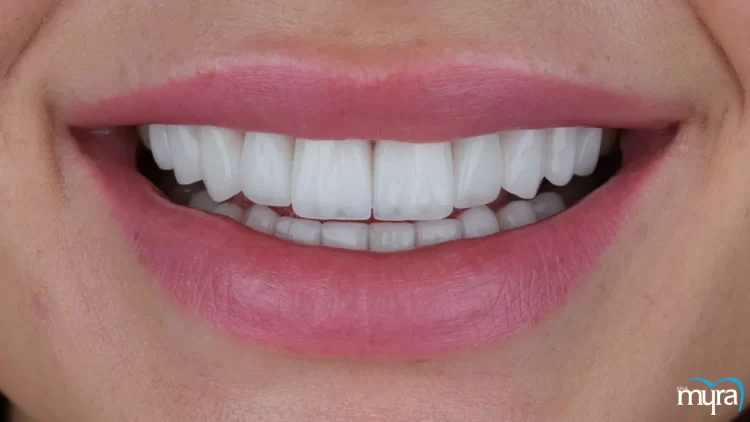If you’ve had your veneers for a long time, they could need replacement. Here’s how to know when it’s time.
mediaimage
If you’ve just gotten veneers, you’re likely pretty happy with yourself. These shells could beautify your teeth for 15 years or more! Still, do note that you’ll eventually need to replace them. Even the best veneers stop working as they age. As such, you’ll want to track when it’s time for replacement. Your local dental practice can even help out. So, then, here’s how to tell when veneers should be switched for new ones.
Signs Your Veneers Are Wearing Out
As durable as they are, all veneers wear out someday. You’ll want to replace your own if any of the following apply:
They’re Chipped or Cracked
The porcelain used for veneers is strong, but it isn’t unbreakable. It’ll slowly wear down as you eat and chew meals. Therefore, your veneers will slowly fall apart over time. As this effect becomes prominent, you’ll need to replace the shells.
For example, the “wearing” can make veneers roughen and lose shape. This process can then lead to the shells chipping or cracking. If the veneers start to feel rough against your tongue, you should probably switch them out.
Their Underlying Teeth are Decayed
True enough, veneers are decay-resistant; they never suffer from visible cavities. However, don’t forget about the teeth underneath them. These pearly whites can still erode from oral issues. Should that happen, you’d need immediate replacements.
Remember, veneers don’t stop harmful bacteria. Plaque can still gather on an underlying tooth and cause a cavity. In that case, the veneer would interfere with proper care. You’d then need to treat the decay before you get a new shell.
They Separate from Your Gums
Veneers are lifelike, but they lose that quality if your gums recede. The exposure of your tooth roots would disrupt their cosmetic effect.
Take gum disease, for instance. This condition would slowly decay your gum tissue. In doing so, it creates a gap between your gums and veneers. The space would then highlight that the porcelain shells are artificial. So, you’d need to reverse this recession before getting new veneers.
Their Stains Won’t Lift
To be sure, veneers are stain-resistant; they don’t discolor as easily as tooth enamel. Even so, the shells can get food and drink stains. When those stains don’t lift, it’s time to switch to new veneers.
You see, it’s possible for veneer stains to get too deep. A toothbrush alone won’t lift them in that case.
Plus, whitening treatments don’t affect dental porcelain. Therefore, your only option would be to replace the shells.
How to Prolong Your New Veneers
Luckily, there are ways to help new veneers last a long while. Just remember to use the tips below:
Practice Good Oral Hygiene – Daily brushing and flossing will prevent tooth decay and gum disease. From there, you won’t need to remove veneers to treat oral problems.
Avoid Tobacco Products – If you smoke or chew tobacco, your new veneers may develop deep yellow stains.
Don’t Use Teeth as Tools – If you try to open things with your teeth, you could easily chip or crack a veneer.
Avoid Meals That Stain Teeth – Go easy on dark-colored foods and drinks. Pasta sauce, berries, wine, and coffee can (slowly) stain veneers.

